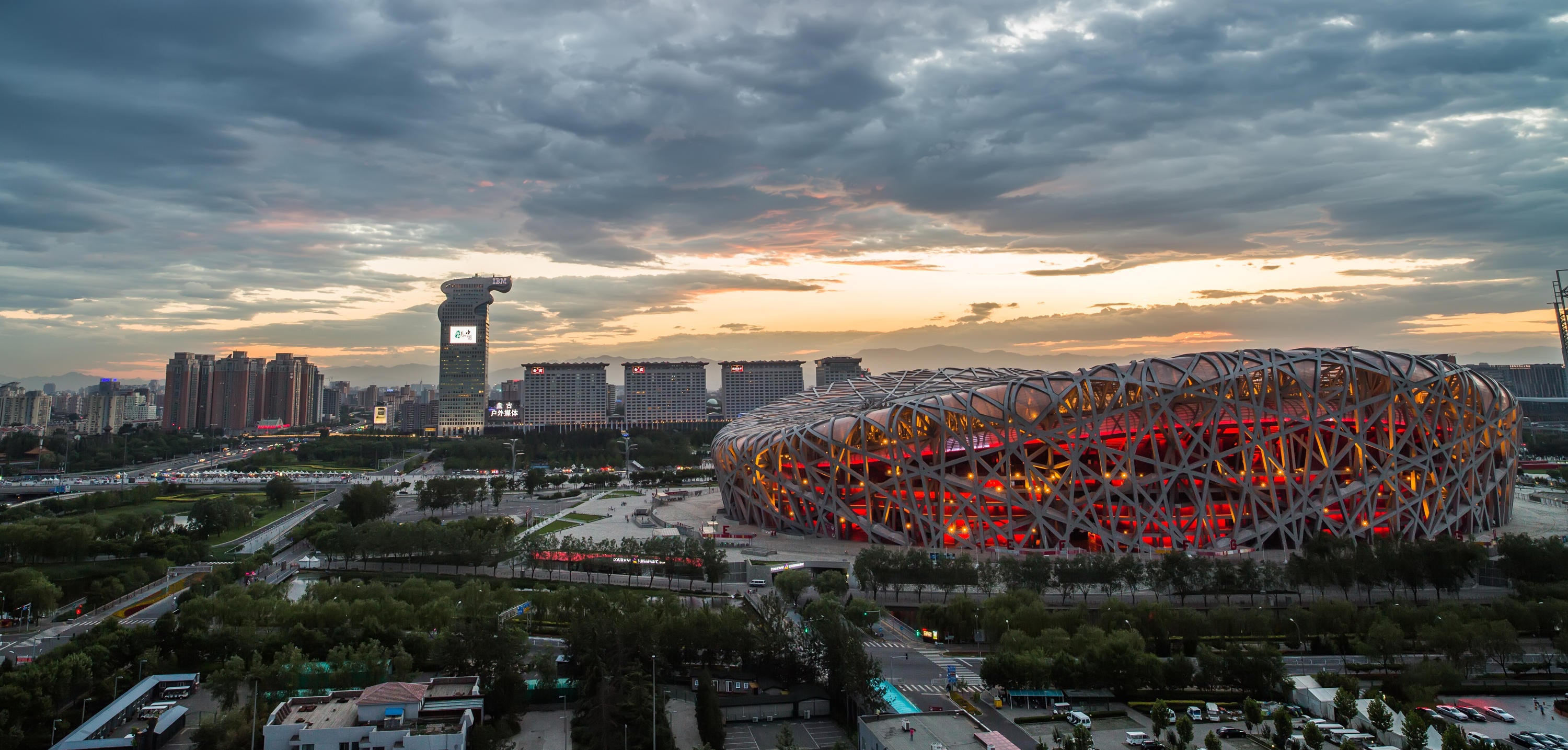
The real cost of the Olympics and other mega-sporting events is much higher than host bids would have us believe, according to a new study exploring the impacts of the 2015 Pan Am Games in Toronto. That’s because it takes additional investments to keep newly built venues in use after the event.
“In a bid to get a mega-event event, organizers often plan to help offset the cost of new facilities by opening the venue up for public use afterwards,” said Luke Potwarka, the study’s lead author and a professor in the Faculty of Applied Health Sciences at Waterloo. “But the idea that ‘if you build it they will come’ does not always hold true.”
Many venues built to host major sporting events sit idle after the original competitions. While some remain in use as national training facilities, several Olympic venues from from previous summer and winter games currently sit empty, including several facilities in Athens and Bejiing. The most recent summer games cost Rio de Janeiro more than $13 billion.
“Taxpayers, governments, communities need to go into these events with realistic expectations because getting the general viewing audience off the couch isn’t as straightforward as politicians and sporting organizations would like us to think,” said Potwarka.
Potwarka’s research team found that a person’s desire to try a new sport depends on several things. A spectator must feel immersed in the experience, fanatize that they are participating in the competition on display, and already have strong knowledge about the sport’s rules before wanting to try it.
In addition, a person’s intent to try a sport depends on how they feel while watching elite athletes. A spectator must feel inspired by the competing athletes and be able to envision a better version of themselves participating in the sport. Without this feeling, spectators are less likely to be moved to try the sport they watched at a mega event.
“Creating a legacy takes much more strategic planning and investment to promote sport participation, which can start by understanding the way people think and feel during the spectator experience. Research into the nature of spectator experiences is needed to inform the development promotional efforts and interventions aimed at increasing sport participation in the facilities post-event.”
The researchers surveyed almost 500 spectators leaving the $56-million Mattamy National Track Cycling Centre in Toronto after watching cycling competitions during the 2015 Pan Am Games. The study appears in Leisure Sciences.